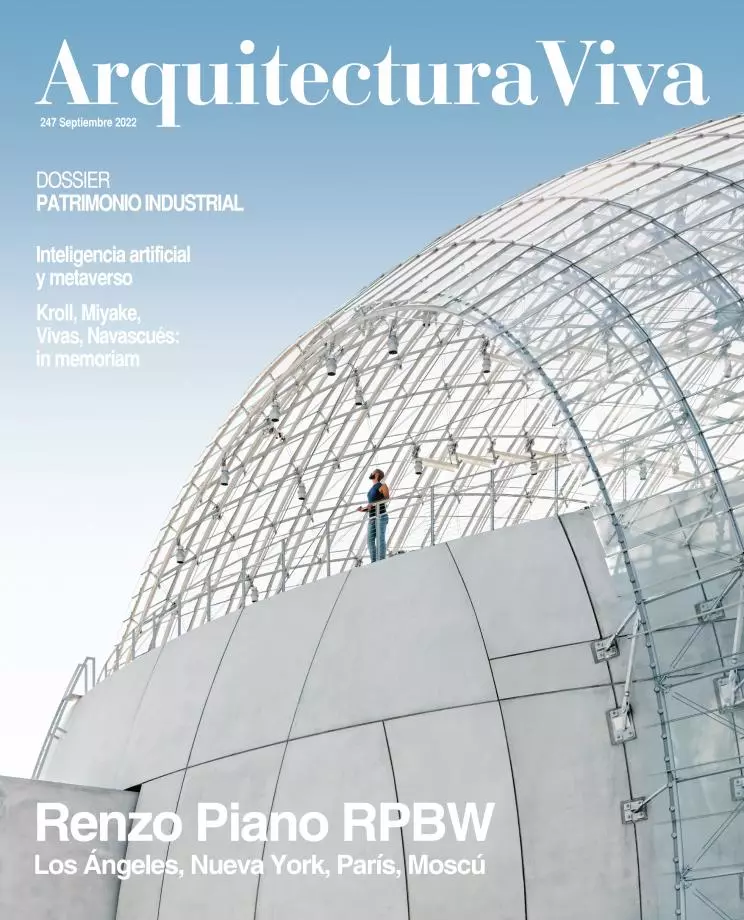
On the vade mecum that Vitrivius wrote around 30 BC, De Architectura libri decem, mighty rivers of ink have flowed in the writing of a good part of Western architectural theory; rivers of ink to annotate, translate, and emend a text we consider foundational, but is ambiguous, even cryptic. And exegesis is rendered even more difficult by the fact that the few illustrations that originally came with it have been lost.
Supported by the commonplaces of Greek architecture, the treatise of the Roman engineer who took part in the military campaigns of Julius Caesar and whose patron was Augustus had a destiny never imagined by its author: becoming a guide for architects to come, a bible of classicism. In fact, ever since Poggio Bracciolini’s 1416 ‘discovery’ of a manuscript which was singularly faithful to Vitruvius, the corpus of principles, orders, models, and techniques tackled by the text serves as a praxeology laying down the rules of architecture, but also as a fountainhead of ideology with respect to which architects have had to position themselves, whether to commune with its principles or resist them in an effort to make architecture ‘artistic.’
That Vitruvius is the greatest giant on whose shoulders architects have stood makes it hard to say anything new about Ten Books on Architecture. Hence the worth of this tome by André Tavares, whose approach to the classical work leaves aside its ideas and its author, centering instead on an aspect hitherto never systematically dealt with: the history of the editions of the book as a formal and material object.
Vitruvius Without Text: The Biography of a Book is less interested in content than in physical forms. This is both contemporary and postmodern (the medium is the message), and despite the dangers of trivialization, it can reap rewards when the method is taken to an extreme. Tavares, who already proved his talent in The Anatomy of the Architectural Book, here traces a life story of Ten Books, seeing it as an organism that grows and bears fruit. The biography starts with the earliest editions of Vitruvius, wielders of authority whose influence on architecture was extraordinary, having turned the architecture book into something it had never been before (an illustrated text), produced the printed forms that would become canonical, and helped to popularize classicist ideas. Tavares then explains how the book metamorphosed in the translations into French, German, Spanish, or Portuguese, to then delineate the fluctuating evolution of Vitruvian editions, from the criticism – canonical and alive – of Perrault in 1673 to those of the 20th century, highbrow and dead, with Vitruvius by now an archaelogical remain.
With abundant documentation and discernment, this bio of De architectura has a more idiosyncratic second part where, using the tetrastyle atrium, Tavares tells of how readers appropriated Vitruvian landscapes to establish a richer, more open tradition than that which conventional histories of architecture present. A living tradition we will do well to continue exploring with curiosity and wonder.







